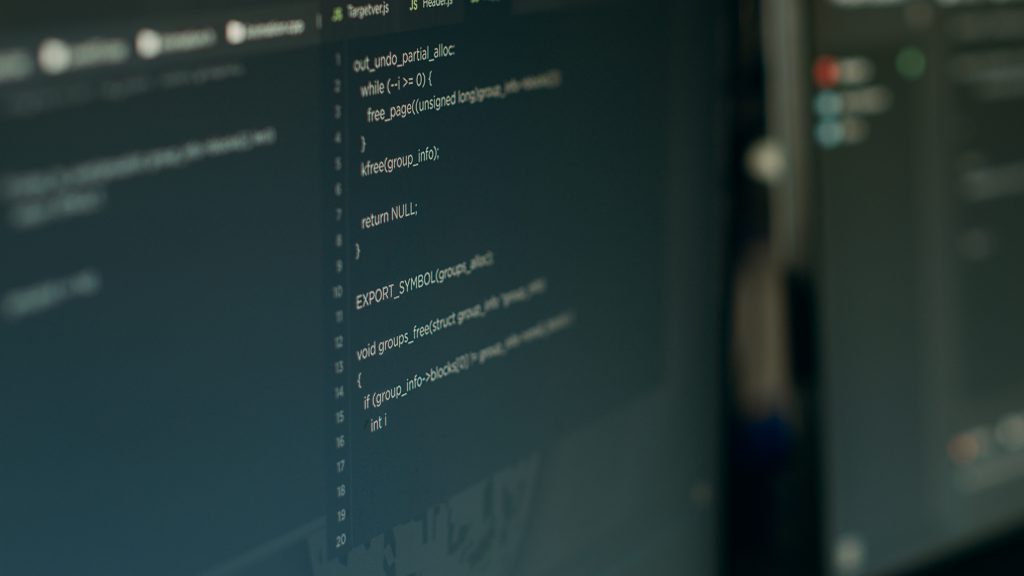Introduction
In the world of software development, code quality is of paramount importance. Well-written and efficient code not only ensures smooth functioning of software applications, but also reduces the likelihood of bugs and vulnerabilities. Code quality metrics provide valuable insights into the overall health of the codebase and help developers identify areas that need improvement. This article explores the various indicators of code quality, the metrics used to assess it, and strategies to enhance software efficiency.
What are the Indicators of Code Quality?
Indicators of code quality refer to the characteristics and attributes that determine the overall goodness of the code. These indicators can vary depending on the specific requirements of the software project, but some common ones include readability, maintainability, and performance. Readable code is easy to understand and follow, making it simpler for developers to collaborate and maintain the codebase. Maintainable code allows for easy updates and modifications, ensuring the software remains adaptable to changing needs. Performance is another crucial indicator, as efficient code leads to faster execution and improved user experience.
Metrics for Code Quality
To objectively assess code quality, developers rely on various metrics. These metrics provide quantitative measures of different aspects of code quality, allowing for data-driven decision making. Some commonly used metrics include cyclomatic complexity, code coverage, and code duplication. Cyclomatic complexity measures the number of independent paths through the code, indicating how easy it is to test and maintain. Test cases execute code, and code coverage measures the percentage of executed code, offering insights into the effectiveness of testing efforts. Code duplication metrics identify redundant code, which can lead to maintenance issues and increased complexity.
How Do You Assess Code Quality?
Assessing code quality involves analyzing the codebase against established metrics and best practices. One approach is to use automated tools that can perform static code analysis and generate reports on various code quality metrics. These tools can identify potential issues such as code smells, unused variables, and complex control flow. Additionally, manual code reviews conducted by experienced developers play a crucial role in assessing code quality. Code reviews involve systematically examining the code line by line, looking for potential issues and suggesting improvements. By combining automated tools and manual reviews, developers can obtain a comprehensive assessment of code quality.
Importance of Code Quality in Software Development
Code quality is of utmost importance in software development for several reasons. Firstly, high-quality code reduces the likelihood of bugs and vulnerabilities, leading to more reliable and secure software. This is particularly critical in applications that handle sensitive user data or perform critical operations. Secondly, well-written code is easier to understand and maintain, saving time and effort during the development lifecycle. It also allows for faster onboarding of new developers, as they can quickly grasp the codebase and start contributing. Finally, code quality has a direct impact on the overall performance and efficiency of the software, ensuring smooth user experience and optimal resource utilization.
Common Code Quality Metrics
Several code quality metrics are commonly used in the software development industry. One such metric is cyclomatic complexity, which measures the complexity of a piece of code by counting the number of decision points within it. A higher cyclomatic complexity indicates a more complex code structure, which can make testing and maintenance difficult. Another important metric is code coverage, which measures the proportion of code that is executed during testing. A higher code coverage indicates better testing coverage and a lower chance of undiscovered bugs. Code duplication is also a critical metric, as it identifies redundant code that can lead to maintenance issues and increased complexity.

Some Tools and Techniques
Measuring code quality metrics can be facilitated by various tools and techniques. Static code analysis tools, such as SonarQube, can automatically analyze code and provide insights into code quality metrics. These tools can detect issues such as code smells, potential bugs, and security vulnerabilities. Additionally, code review tools like GitHub allow developers to collaborate and review code changes, ensuring adherence to coding standards and identifying potential quality issues. Techniques such as test-driven development (TDD) and continuous integration (CI) also contribute to measuring and improving code quality by promoting regular testing and integration of code changes.
Strategies for Improving them
Improving code quality involves a combination of best practices, tools, and cultural aspects within the development team. One effective strategy is to establish coding guidelines and standards that promote readability, maintainability, and performance. This ensures consistency across the codebase and makes it easier for developers to understand and collaborate on the code. Regular code reviews, both automated and manual, are essential for identifying and fixing code quality issues. Additionally, investing in automated testing frameworks and ensuring high code coverage helps catch bugs early and maintain software stability. Continuous learning and improvement within the development team also contribute to enhancing code quality over time.
What are the Code Quality Metrics for Code Coverage?
Testing measures the proportion of executed code, making code coverage an important metric for assessing code quality. It offers insights into the effectiveness of testing efforts and aids in pinpointing areas of the code that tests do not adequately cover. Software projects can target different levels of code coverage based on their specific requirements. For example, some projects may aim for 80% code coverage, while others may strive for higher percentages.
Code Quality Metrics in Agile
Agile software development methodologies emphasize the importance of code quality throughout the development process. In Agile, code quality metrics are used to continuously assess the health and maintainability of the codebase. These metrics serve as feedback mechanisms that guide the development team in making improvements and ensuring high-quality code. Daily stand-ups and regular retrospectives provide opportunities to address code quality issues and discuss strategies for improvement. Additionally, Agile practices such as test-driven development (TDD) and pair programming contribute to code quality by promoting regular testing and collaboration.
Code Quality Metrics in Scrum
Scrum, a popular Agile framework, places a strong emphasis on code quality and continuous improvement. In Scrum, the development team utilizes code quality metrics to monitor its progress and pinpoint areas for improvement. The team tracks metrics like cyclomatic complexity, code coverage, and code duplication during the development sprints to ensure adherence to coding standards and identify potential quality issues. Regular code reviews and continuous integration help maintain code quality throughout the project. Scrum teams also benefit from the iterative nature of the framework, as it allows for frequent feedback and course correction to improve code quality over time.
Code Quality Metrics in GitHub
GitHub, a widely used code hosting platform, provides developers with tools and features that facilitate code quality monitoring and improvement. GitHub Actions, for example, allows developers to set up automated workflows that can run code analysis tools and generate reports on code quality metrics. These workflows can be triggered on every code push or pull request, ensuring that code quality is continuously monitored. Additionally, GitHub provides integrations with popular code analysis tools like SonarQube and CodeClimate, enabling developers to seamlessly incorporate code quality metrics into their development workflows.
What are the 3 Most Important Qualities of Written Code?
For ensuring code quality in written code, developers consider three crucial qualities: readability, maintainability, and performance.
- Readable code is easy to understand and follow, making it simpler for developers to collaborate and maintain the codebase. It should be well-structured, with meaningful variable and function names, and consistent indentation and formatting.
- Maintainable code allows for easy updates and modifications, ensuring the software remains adaptable to changing needs. It should be modular and loosely coupled, allowing for independent changes without affecting the entire codebase.
- Performance is another important quality, as efficient code leads to faster execution and improved user experience. It should be optimized and avoid unnecessary computations or resource utilization.
Code Review and Its Role in Improving Code Quality
Code review plays a crucial role in improving code quality by providing feedback and catching potential issues early in the development process. Involve systematic examination of the code line by line, looking for potential bugs, security vulnerabilities, and adherence to coding standards. They also provide an opportunity for knowledge sharing and learning within the development team. Code review can be conducted manually, with experienced developers reviewing the code changes, or it can be automated using static code analysis tools. Both approaches contribute to identifying and addressing code quality issues, improving the overall quality of the codebase.
Conclusion and Final Thoughts
Code quality metrics serve as valuable indicators of the overall health and efficiency of software applications. By assessing various aspects of code quality, developers can identify areas that need improvement and take necessary actions to enhance software efficiency. Readability, maintainability, and performance are key qualities of well-written code, and code reviews play a pivotal role in improving code quality. By combining automated tools, coding guidelines, and cultural aspects within the development team, code quality can be continuously monitored and improved over time. Ultimately, investing in code quality leads to more reliable, secure, and efficient software.
If you enjoyed the reading share this article on your social media😉
IT METRICS TO BECOME AN EXPERT















Leave a Reply